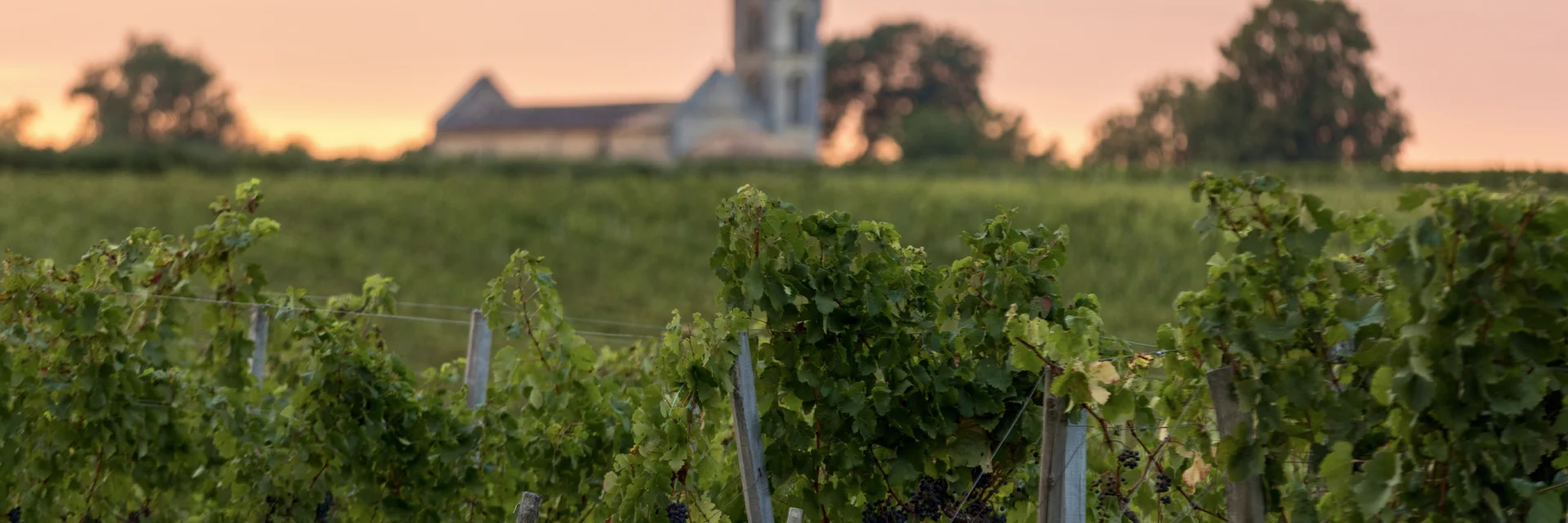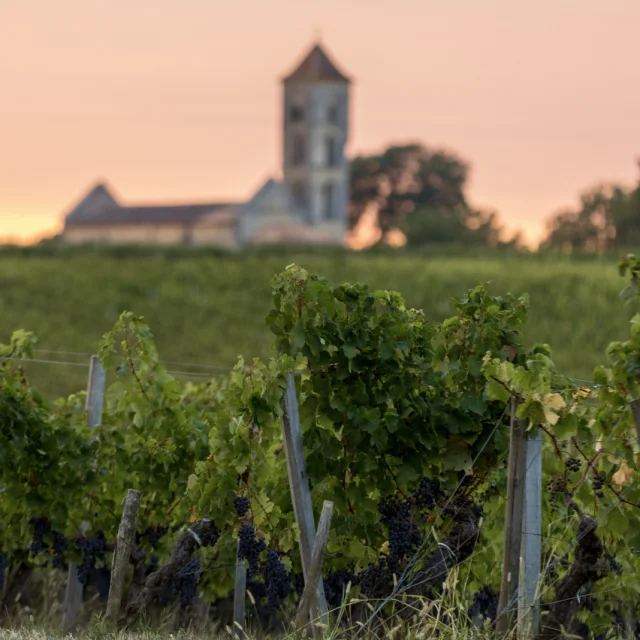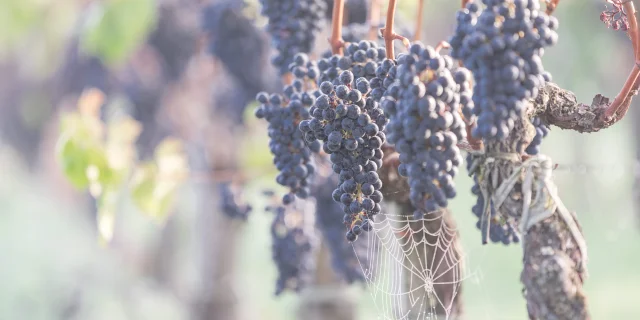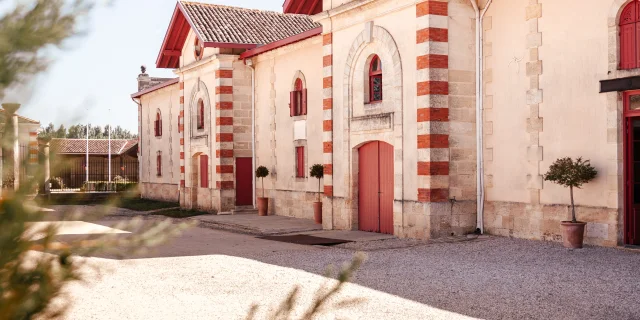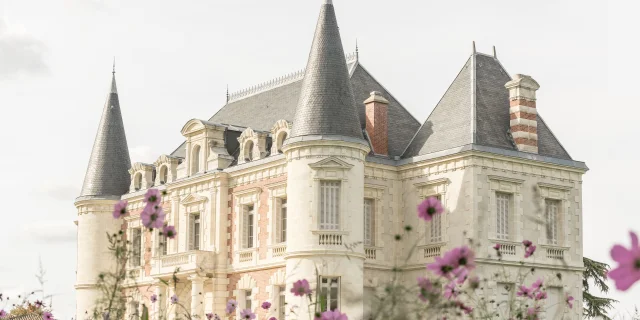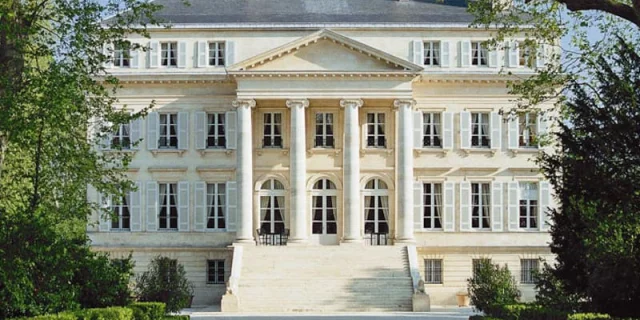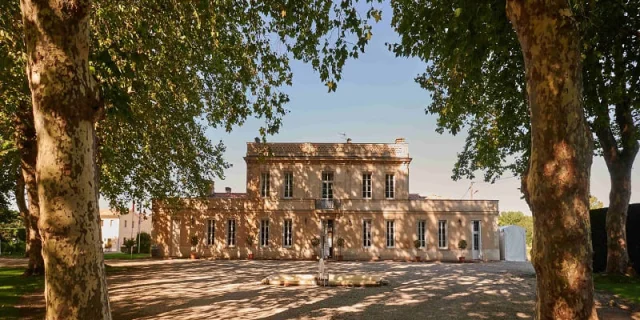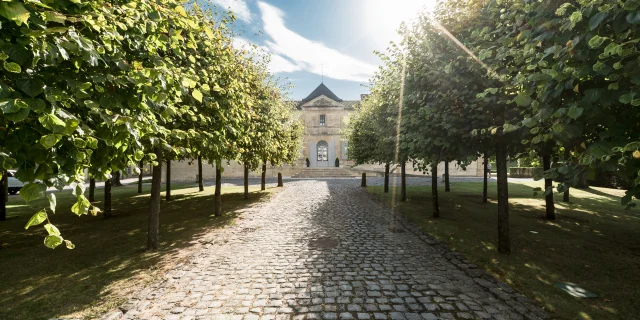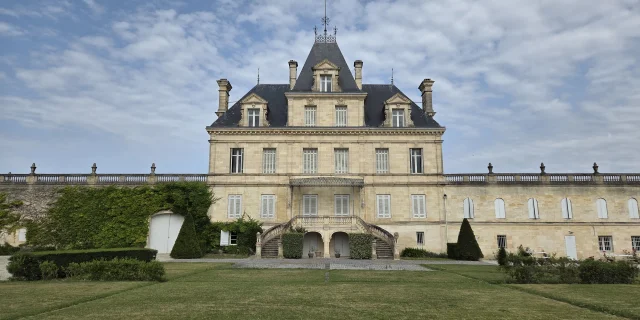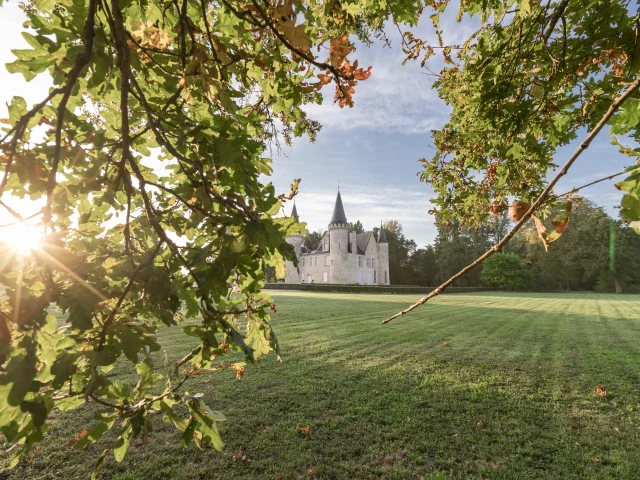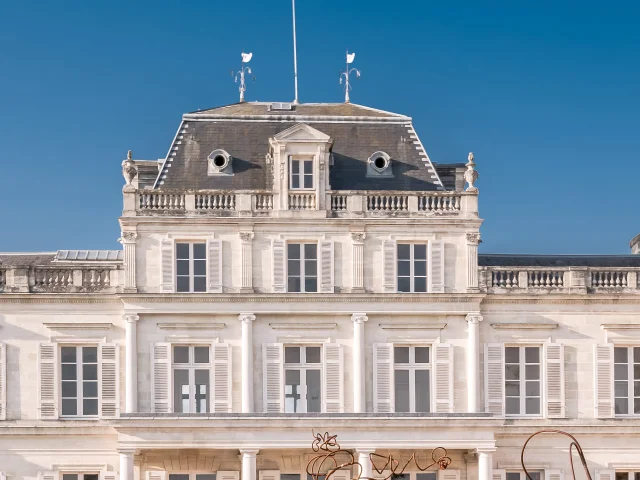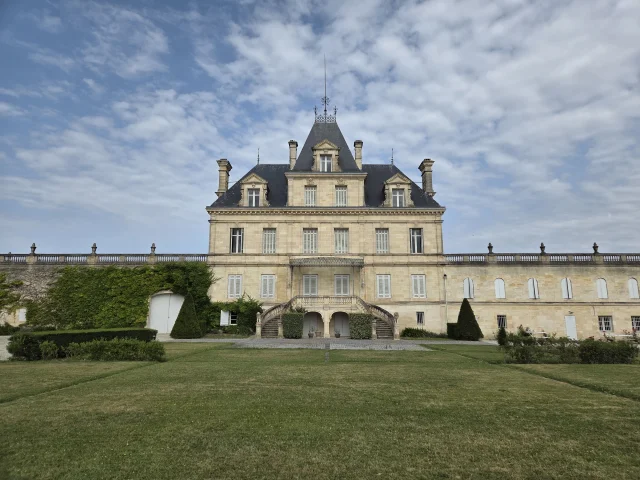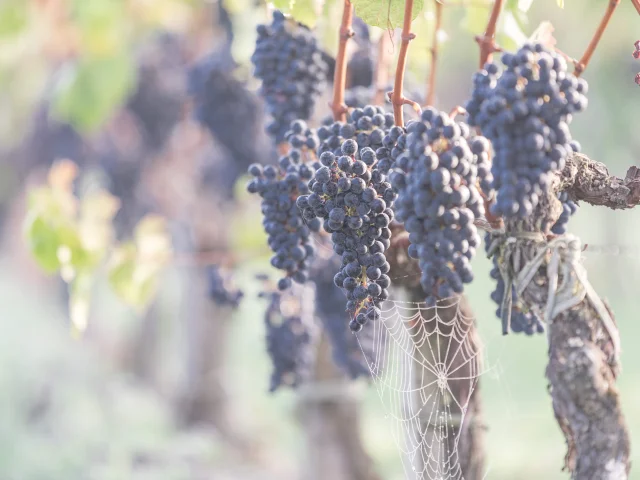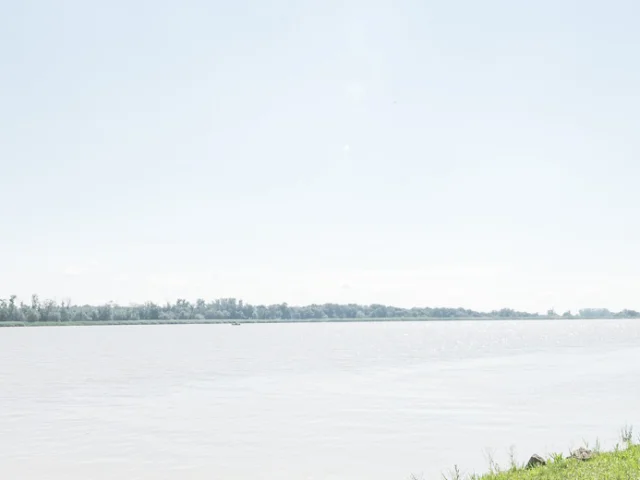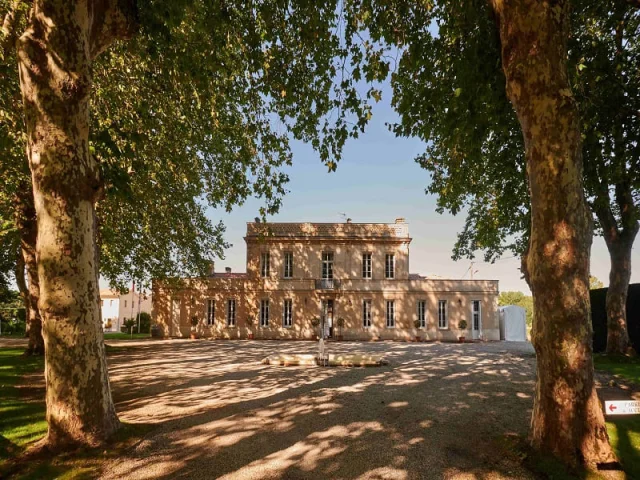The year 1000
- From this period onwards, the feudal system was established throughout the region. The feudal system attempted to protect itself by building wooden structures and then fortresses. These fortresses were often built on mounds of earth surrounded by ditches called Motta. They were also often accompanied by a farmyard. In the Middle Ages, Issan in the commune of Cantenac was known as Mott. At Chateau Cantemerle (in Macau), there are the remains of a motte castrale. Château Margaux was built on the site of a fortified site known as Lamothe. Château d'Agassac (in Ludon-Médoc) was also originally built on a Motta site. Today, very little remains from this period.
1101 - 1200 - XII and XIII century
- It should be remembered that the lords depended on the King of England, Duke of Aquitaine. Eleanor married Henry Plantagenet, King of England, in 1154. The territory was divided into parishes with churches and ecclesiastical establishments that contributed to the development of the area. The church of Saint Germain d'Arsac appears to have been built in the 12th and 13th centuries. Only the portal on the south wall remains from this period. Secular or religious lords (the abbots of Sainte Croix de Bordeaux) who had settlements in the region encouraged the clearing and development of new land, particularly in low-lying areas. Macau, for example, was a sauveté: an area under ecclesiastical protection that was quite prosperous. A church was built here in the 12th century, but today only the bell tower remains.
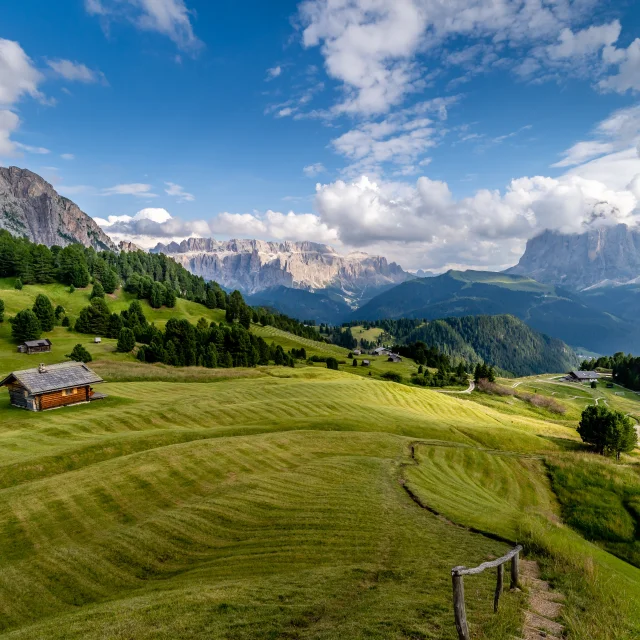 Addon Starter Image 1
Addon Starter Image 1